The presence of tear stains in Siamese cats is a common concern among pet owners. These reddish-brown streaks beneath the eyes can detract from the breed's striking appearance and may indicate underlying health issues. While some degree of tear production is normal, excessive tearing leading to noticeable stains warrants attention. Understanding the causes and implementing proper care techniques can help maintain the cat's facial cleanliness and overall well-being.
Siamese cats are particularly prone to tear staining due to their distinctive facial structure. Their almond-shaped eyes and short nasal passages contribute to inadequate tear drainage, causing moisture to accumulate along the fur beneath the eyes. This moisture, when combined with dust and bacteria, oxidizes over time to form those characteristic dark stains. The light-colored coat of traditional Siamese cats makes these stains more visible compared to darker-furred felines.
Environmental factors play a significant role in tear stain formation. Dust, pollen, and other airborne irritants can stimulate excessive tear production. Household cleaning products or perfumes may also irritate sensitive feline eyes. Many owners notice increased staining during seasonal changes when allergen levels fluctuate. Keeping the living environment clean and free from strong chemical odors can help minimize this irritation.
The composition of a Siamese cat's diet directly influences tear stain severity. Low-quality commercial foods containing artificial additives, food dyes, or excessive mineral content often exacerbate staining. Some protein sources may trigger allergic reactions that manifest as watery eyes. Transitioning to high-quality, natural ingredients with balanced nutrition frequently reduces tear production and subsequent staining. Many veterinarians recommend diets free from common allergens like corn, wheat, and soy for sensitive cats.
Regular facial hygiene forms the cornerstone of tear stain management. Gentle daily wiping with a soft, damp cloth helps remove accumulated debris before it oxidizes into stains. Specialized pet wipes containing mild, tear-free cleansers are available for this purpose. The cleaning motion should always move outward from the inner eye corner to prevent pushing debris into the eye. This simple routine, when performed consistently, prevents stain buildup more effectively than trying to remove established stains.
For persistent stains, various cleaning solutions can be carefully applied. A mixture of equal parts distilled water and hydrogen peroxide makes an effective stain remover when used sparingly on a cotton pad. Herbal eyewashes containing chamomile or eyebright offer gentle alternatives. It's crucial to avoid products containing alcohol or harsh chemicals that could damage the delicate eye area. After any cleaning solution application, the fur should be thoroughly dried to prevent moisture-related skin irritation.
Underlying health conditions sometimes manifest as excessive tearing. Eye infections, blocked tear ducts, or dental problems can all stimulate abnormal tear production. Glaucoma and other ocular disorders may present similarly. If tear stains appear suddenly or accompany other symptoms like redness, swelling, or behavioral changes, veterinary consultation becomes essential. Professional examination can rule out serious conditions and provide targeted treatment when needed.
Some owners explore dietary supplements to address tear staining from within. Probiotics support gut health and may reduce food-related sensitivities that contribute to watery eyes. Certain herbal supplements claim to improve tear quality and reduce staining, though scientific evidence remains limited. Always consult a veterinarian before introducing supplements, as some ingredients may interact with medications or prove unsuitable for individual cats.
Grooming techniques can help manage tear-stained fur. Keeping the hair around the eyes neatly trimmed minimizes the surface area where tears can accumulate. Many professional groomers offer facial trims specifically designed for breeds prone to staining. For show cats, special attention is given to maintaining coat cleanliness while preserving the natural facial structure. Regular brushing distributes natural oils that may help repel moisture and prevent staining.
Preventive measures often prove more effective than stain removal after the fact. Using stainless steel or ceramic food and water bowls reduces bacterial contamination that could irritate eyes. Providing filtered drinking water minimizes mineral intake that contributes to stain discoloration. Maintaining a consistent grooming routine prevents stains from becoming deeply embedded in the fur where they're harder to remove.
Breed-specific considerations influence tear stain management approaches. Traditional or apple-headed Siamese tend to have more pronounced eye shapes that collect tears differently than the modern wedge-head variety. Kittens often experience more tearing during teething periods, which typically resolves naturally. Senior cats may develop age-related conditions affecting tear production. Tailoring care to the individual cat's life stage and conformation yields the best results.
Cultural perspectives on tear staining vary significantly. In some regions, mild staining is considered an acceptable natural characteristic, while other communities prioritize complete stain removal for aesthetic reasons. Show cat standards differ between organizations regarding permissible staining levels. Responsible owners balance cosmetic concerns with their cat's comfort and health, avoiding overly aggressive stain removal methods that could cause stress or injury.
Technological advancements have introduced new stain management options. UV light devices claim to break down stain pigments safely. Specialized shampoos and conditioners now incorporate stain-fighting ingredients. Even fabric bedding designed to resist bacterial growth may indirectly reduce facial staining by minimizing microbial transfer. As research continues, more targeted solutions will likely emerge for this persistent grooming challenge.
The emotional bond between Siamese cats and their owners often motivates the search for effective stain solutions. These vocal, affectionate felines deserve comfortable, healthy lives free from irritation. While complete elimination of tear stains may not always be possible, consistent care can minimize their appearance and ensure the cat's eyes remain bright and healthy. Observant owners who understand their cat's unique needs develop personalized routines that maintain both physical well-being and that distinctive Siamese beauty.
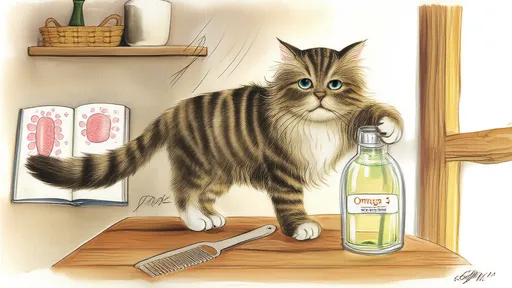
By /Jun 28, 2025
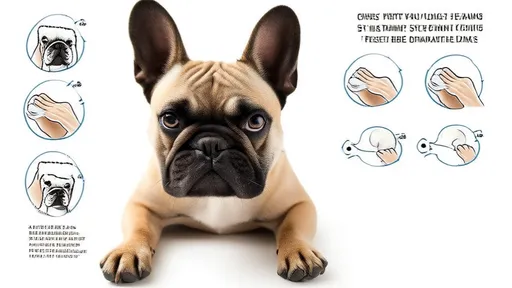
By /Jun 28, 2025
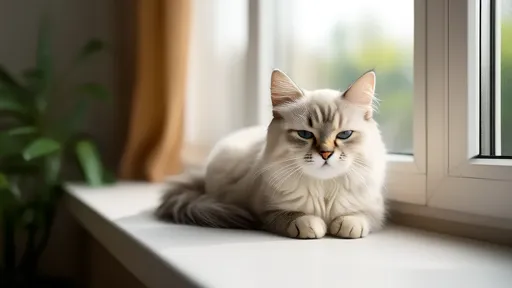
By /Jun 28, 2025

By /Jun 28, 2025

By /Jun 28, 2025

By /Jun 28, 2025

By /Jun 28, 2025

By /Jun 28, 2025

By /Jun 28, 2025

By /Jun 28, 2025

By /Jun 28, 2025
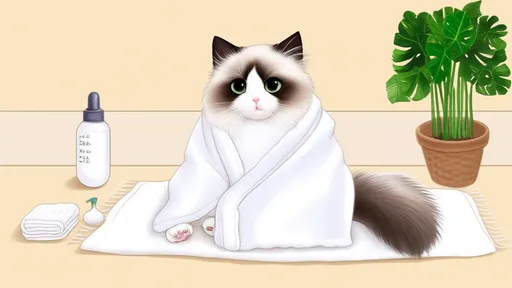
By /Jun 28, 2025

By /Jun 28, 2025
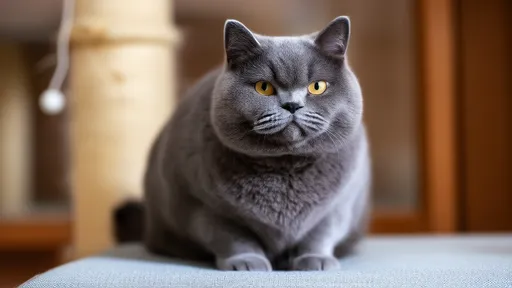
By /Jun 28, 2025

By /Jun 28, 2025

By /Jun 28, 2025

By /Jun 28, 2025
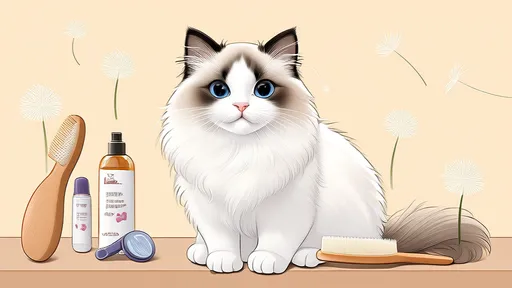
By /Jun 28, 2025